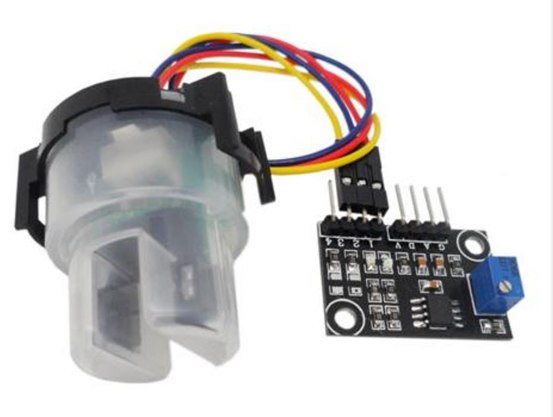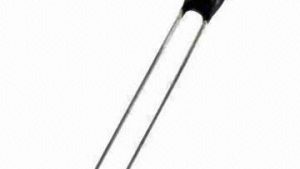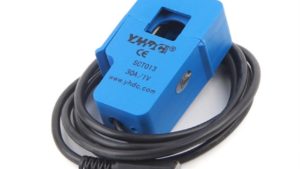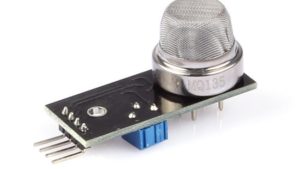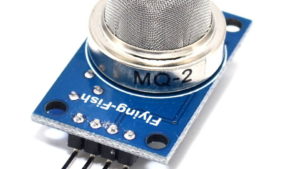Description
The turbidity sensor detects water quality by measuring level of turbidity. It is able to detect suspended particles in water by measuring the light transmittance and scattering rate which changes with the amount of total suspended solids (TSS) in water. As the TTS increases, the liquid turbidity level increases.
This turbidity sensor have both analog and digital signal output modes. You can select the mode according to the MCU as threshold is adjustable in digital signal mode.
Turbidity sensors can be used in measurement of water quality in rivers and streams, wastewater and effluent measurements, sediment transport research and laboratory measurements.
Features
- 1, Working voltage: DC5V
- 2 , Operating Current : 30mA (MAX)
- 3 , Response time : <500ms
- 4 , Insulation Resistance : 100M [Min];
- 5, the output way: Analog output 0-4.5V
- 6, the output way: high / low signal( High : 5V Low : 0V)
- 7 , operating temperature : -30 oC -80 oC;
- 8 , Storage temperature : -10-80 oC.
- 9, Weight : 55g
- 10 , Size : 30mm * 20mm * 12mm
Applications:
Washing machines, dishwashers , industrial control , environmental sewage collection and so on turbidity measurement and control needs of the occasion ;
Stay after purchase mailboxes sensor manual, as well as provide technical guidance services , does not provide product development and programming services .
Getting started with Turbidity Sensor
This time we will discuss about a tutorial on how to access the Turbidity Sensor or Arduino water turbidity sensor.I converted the voltage to NTU .The working principle of this turbidity sensor is the same as the proximity sensor because there is a photodiode LED as a transmitter and a photo diode ( receiver ).And this sensor utilizes the light emitted on the LED which then reflects the results of the light that will be read by the sensor.
So the higher the level of turbidity of the water that will be detected, the level of light reflection received will be less, and vice versa.This Turbidity sensor provides analog and digital signal output modes.
Step1: Hardware required
Step2: Connecting the Hardware


Turbidity Sensor Arduino Uno
A A0
G GND
V 5V
Step3: Upload the sample sketch
#define SENSOR A0
float voltage,turbidity;
void setup()
{
Serial.begin(9600);
pinMode(SENSOR,INPUT);
}
void loop()
{
voltage=0.004888*analogRead(SENSOR); //in V
turbidity=-1120.4*voltage*voltage+5742.3*voltage-4352.9; //in NTU
if((voltage>=2.5)&(turbidity>=0))
{
Serial.println(“Voltage=”+String(voltage)+” V Turbidity=”+String(turbidity)+” NTU”);
delay(500);
}
}
Step5: Testing the circuit
when the sensor is in clear water.

open your serial monitor by clicking on the icon in the right top corner(like search icon) see the picture below something like that

If the voltage reading is below 2.5 V, the NTU is set to 3000 which would be the maximum NTU value of the project.
when the sensor is not in clear water.

open your serial monitor by clicking on the icon in the right top corner(like search icon) see the picture below something like that

NOTE: The top of probe is not waterproof.

